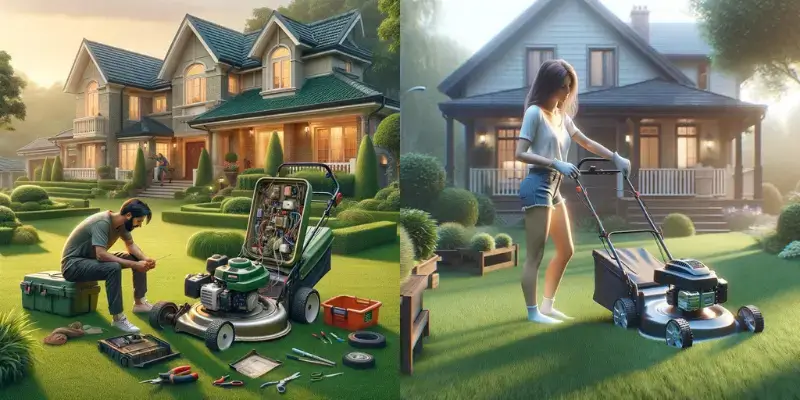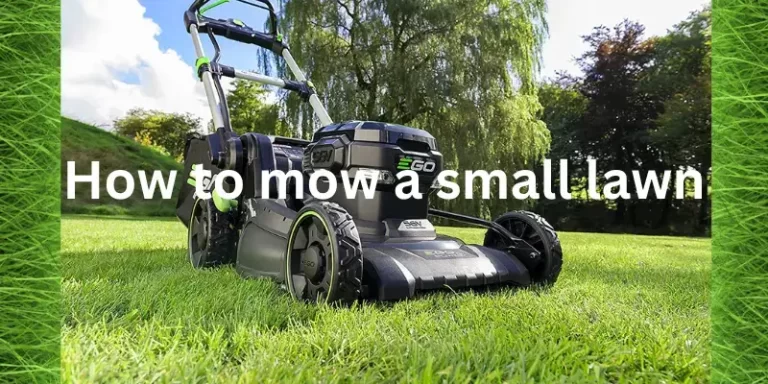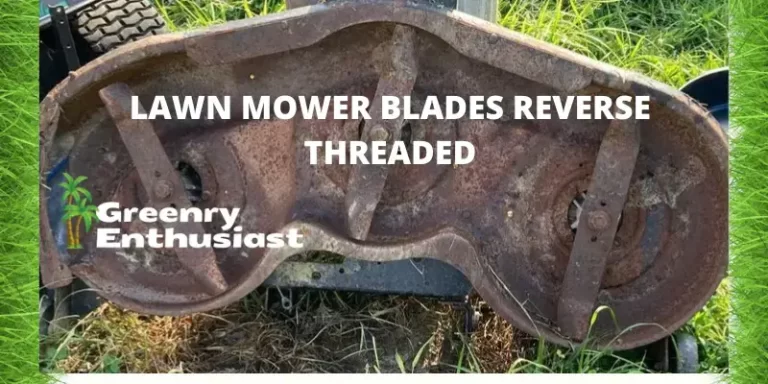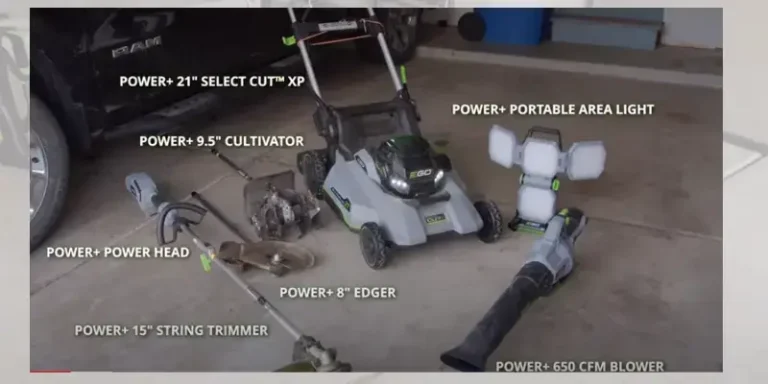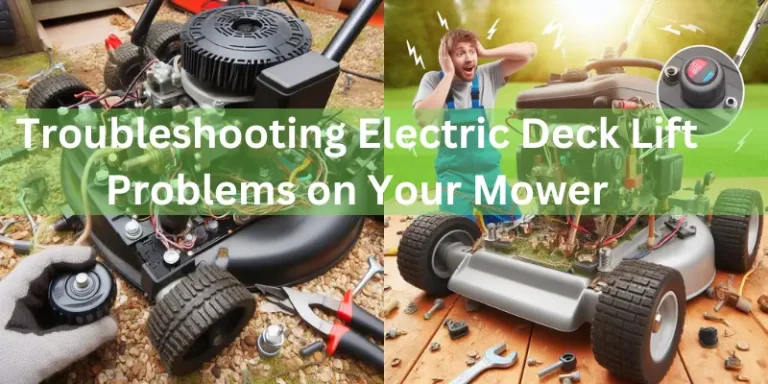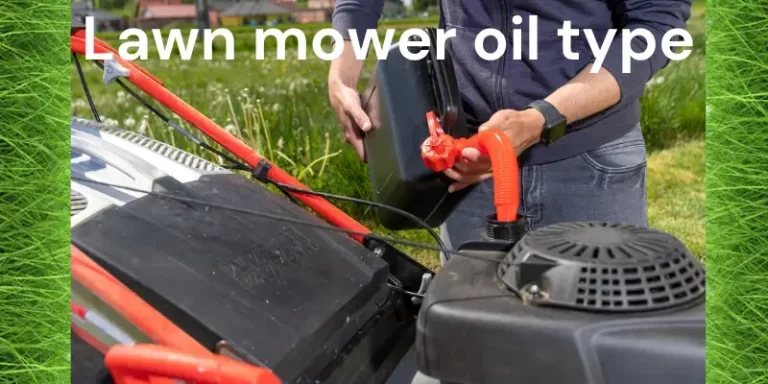How To Turn Off a Lawn Mower – A Complete Guide
Have you ever found yourself wrestling with a lawn mower that won’t quit? It’s a sunny day, you’ve finished trimming your yard to perfection, and now, the only thing standing between you and a well-earned rest is a mower that refuses to shut down. This isn’t just a minor inconvenience; it’s a safety hazard that demands a solution.
Understanding the right methods to quickly and safely turn off your lawn mower is crucial for your convenience and safety. This guide aims to arm you with the knowledge and techniques to ensure your lawn mowing ends as smoothly as it begins.
Common Challenges in Lawnmower Shutdown
Imagine you’re done mowing; you’ve pushed the off button, but the engine hums on, indifferent to your commands. This scenario is more common than you might think. Lawnmowers, like any machine, can be temperamental. They might refuse to stop due to a sticky throttle, a malfunctioning shut-off switch, or simply because they’re in a mood. It’s not just an issue with older models; even the best-maintained, latest mowers can surprise you with a sudden bout of stubbornness. Recognizing this is a widespread issue is the first step towards solving it.
Quick Solutions for Turning Off Your Lawnmower
Bail Lever Technique
Understanding the Lever: The bail lever, or the dead man’s lever, is a safety feature designed to protect you. It’s essentially a kill switch that immediately stops the engine when released. This lever is your first line of defense when your mower decides it’s not ready to call it a day.
Why It’s Effective: Its simplicity is its strength. There’s no need to navigate complicated controls or remember specific procedures. If you need to stop the mower quickly, letting go of the bail lever will do the trick.
Step-by-Step Guide:
Maintain a Firm Grip: Hold the mower’s handle firmly to control its movement effectively while mowing.
Release the Bail Lever: When you decide to stop, gently release your grip on the bail lever. This lever is usually located on the handle of the mower.
Engine Shutdown: As you let go of the bail lever, it will return to its original position due to a spring mechanism. This action automatically cuts off the engine, stopping the mower.
Stop/Start Lever Method
Lever Mechanics: This lever acts directly on the mower’s engine, offering a straightforward way to halt its operation. It’s usually marked with clear labels to avoid confusion.
Reliability Factor: This method’s reliability lies in its direct control over the engine. Flipping the lever to “stop” bypasses any temporary malfunctions in other systems, providing a surefire way to shut down the mower.
Execution: Locate the stop/start lever on your mower. Once found, firmly push or pull it into the “stop” position. The engine should immediately begin to wind down, coming to a complete stop.
Pulling the Spark Plug Wire
Immediate Engine Stop: This method is more hands-on and directly disconnects the engine’s ignition source—the spark plug.
Precautionary Measures: Before attempting this, it’s vital to wear insulated gloves or use insulated pliers. This precaution prevents the risk of electric shock, ensuring safety during the process.
How To Do It
Prepare the Mower: Before beginning, confirm that the mower is positioned on a stable and level surface. If the engine is running at a high speed, allow it to idle and reduce its speed to a minimum.
Locate the Spark Plug Wire: Carefully identify the spark plug wire, which is typically found near the engine. This wire is crucial for the engine’s ignition process.
Disconnect the Spark Plug Wire: Using an insulated tool for safety, firmly grasp the spark plug wire. Then, gently pull it away from the spark plug. This action will cut off the engine’s ignition source, causing it to stop immediately.
Alternative Approaches to Safely Turn Off Lawn Mower
Applying Full Choke
Mechanism of Action: The choke control adjusts the air-to-fuel ratio in the engine. Setting it to “full” significantly reduces the air intake, making the engine too rich to operate and causing it to stall.
When to Use It: This method is particularly useful when the engine refuses to stop by conventional means. However, it’s not a one-size-fits-all solution and might not work on all mower models.
Procedure:
Find the Choke Lever: First, locate the choke lever on your mower. You will typically find this near the engine or on the dashboard.
Adjust the Choke Lever: Push the choke lever to the “full” position. This action increases the fuel flow to help start a cold engine.
Observe the Engine Response: After adjusting the choke, wait for the engine to react. It will likely sputter and then come to a stop as it adjusts to the increased fuel flow.
Turning Off the Gas Tap
Purpose: This method effectively stops the fuel flow to the engine, ensuring it cannot continue to run.
Ideal Usage: It’s especially useful for preparing your mower for storage, as it prevents fuel from sitting in the engine, which can cause issues over time.
Steps To Turning Off the Gas Tap
Identify the Gas Tap Location: Begin by locating the gas tap, which can be found either near the fuel tank or along the fuel line.
Turn Off the Gas Tap: Rotate the gas tap to the off position to halt the fuel supply. This action will cease the flow of gas.
Allow the Engine to Consume Remaining Fuel: After turning off the gas tap, the engine may continue to operate briefly as it utilizes the residual fuel in the line. This process will naturally conclude as the remaining fuel is depleted.
Safety Considerations
While the above methods are effective, safety should always be your top priority. Lawnmowers are powerful devices that can pose significant risks if not handled properly. Be mindful of electric shock risks, especially when dealing with spark plug wires. Additionally, engine components can get extremely hot; allow your mower to cool down before attempting any interventions. By following these safety guidelines, you can ensure a risk-free shutdown of your lawnmower.
Frequently Asked Questions (FAQs):
How can I turn off a lawn mower?
To turn off a lawn mower, you can either remove the spark plug wire or turn the key to the off position if it’s a key start model.
What should I do if my lawn mower won’t shut off?
If your lawn mower won’t shut off, you may have a faulty ignition switch or a problem with the engine’s kill switch. In such cases, it’s recommended to consult a professional for repair.
Why is it important to properly shut down your mower?
Properly shutting down your mower not only helps to prolong the life of the engine but also ensures safety by preventing any accidents or injuries.
Can I manually shut down my lawn mower in case of an emergency?
Yes, you can manually shut down your lawn mower in case of an emergency by either removing the spark plug wire or turning the key to the off position.
Are there any common reasons why a lawn mower won’t stop?
Some common reasons why a lawn mower won’t stop include a faulty ignition switch, a faulty kill switch, or a problem with the carburetor.
What tools do I need to turn off a lawn mower?
To turn off a lawn mower, you may need a pair of insulated pliers to remove the spark plug wire or a socket wrench to access the ignition switch.
How can I troubleshoot if my mower doesn’t shut off?
If your mower doesn’t shut off, you can check the ignition switch, kill switch, and carburetor for any faults. If the issue persists, it’s best to seek professional help.
Conclusion
Dealing with a lawnmower that won’t turn off can be a hassle, but with the right knowledge and techniques, it’s a manageable one. Whether you opt for the simplicity of the bail lever, the direct approach of the stop/start lever, the immediate effect of pulling the spark plug wire, or alternative methods like applying a full choke or turning off the gas tap, you’re now equipped to handle the situation. In last, safety comes first, so always take the necessary precautions.

About Naveed A Hashmi
In my childhood, I used to see my parents while working in the land, for these reasons today I have been serving the same as our own tradition and culture. I thus love to stay in it, because I want to learn something advanced and new so that I may improve my farm’s contour and help others with my experience.

